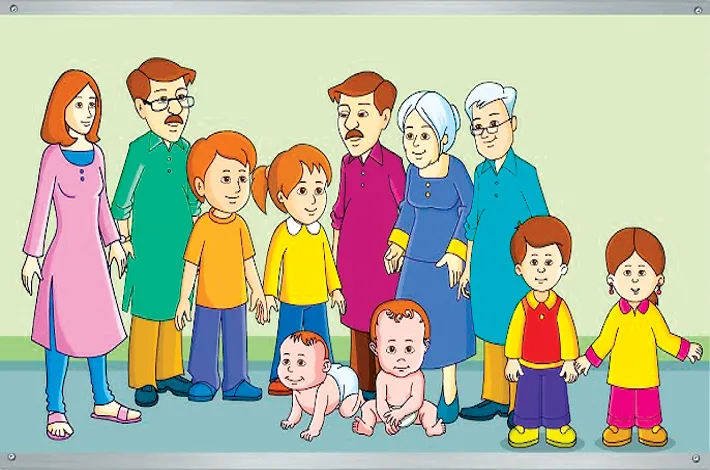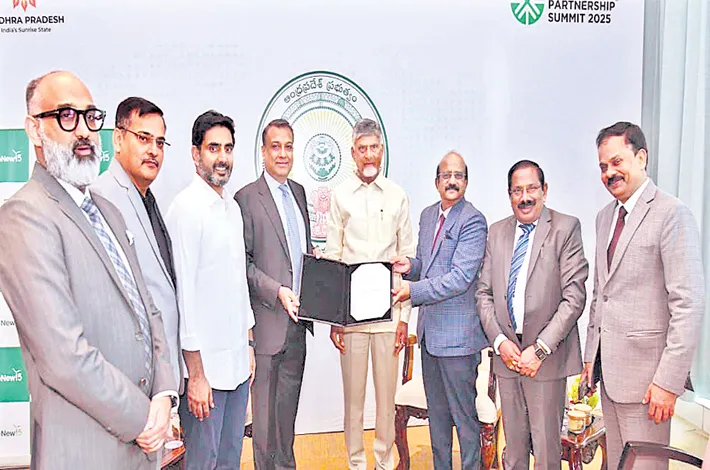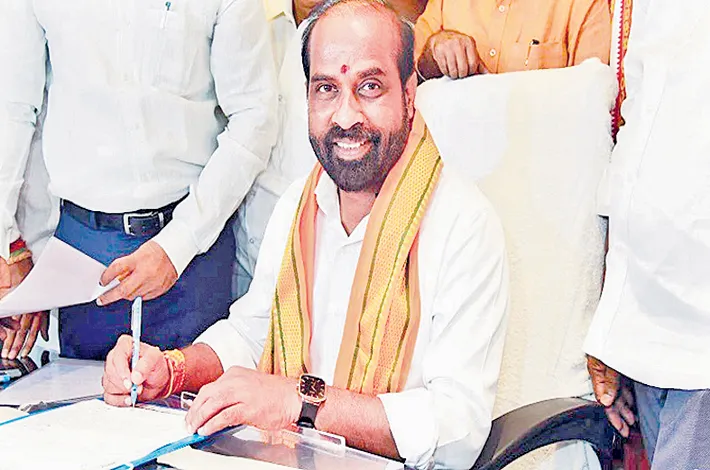The debate over declining fertility rates, thus, reflects a complex interplay of demography, politics, and cultural priorities
26-12-2024 02:08:35 AM

A new controversy has emerged as politicians advocate for larger families, particularly in southern states such as Kerala, Tamil Nadu, and Karnataka. These states, with fertility rates below the replacement level of 2.1 children per woman, are being urged to reverse the trend. However, this push raises important questions about the socio-economic implications, women’s rights, and the real motives behind the demand.
It also has immense potential to threaten the very basis of our federal structure with southern states feeling threatened by the demographic and political dominance of the more populous states and asserting their identity.
Fertility rates are closely tied to social and economic development. States that are economically better off tend to have lower fertility rates due to several factors: improved education for girls, women’s empowerment, rising aspirations for children, increasing costs of raising families, and better awareness and access to contraception. For example, Kerala, with a fertility rate of 1.7, has high literacy rates and better healthcare access, contributing to smaller family sizes.
At the same time, India’s socio-economic development is uneven, leading to stark differences in fertility rates across states and communities. This disparity highlights the need for region-specific policies rather than blanket solutions like promoting larger families.
While low fertility could be a cause for concern, we as a nation are far from attaining a stable population (where population does not grow) or declining population (where population declines much below the replacement level fertility) which would take one to two generations to manifest.
The upcoming delimitation exercise, based on the first Census after 2026, is the immediate concern. It has heightened a sense of insecurity in southern states. Lok Sabha constituencies, frozen since 1971, currently allocate representation based on population levels from that period. With southern states having successfully controlled their population growth, they risk losing political influence compared to northern states with higher fertility rates.
While this is a valid concern, promoting larger families is not a practical solution. Any demographic benefits from increased family sizes would take decades to materialize. Instead, policymakers should explore equitable solutions that reward states for achieving better socio-economic indicators without penalizing them in terms of representation. All other arguments put forward to promote bigger families could be tackled by gender sensitive and inclusive development.
Politicians argue that declining fertility rates could lead to a shrinking workforce, which might affect economic productivity and growth. However, this concern overlooks a significant opportunity: increasing women’s workforce participation.
India’s female labor force participation rate is just 24%, far below the global average of 47%. Providing women with safe working conditions, better job opportunities, and work-life balance could strengthen the workforce without pressuring families to have more children.
The fear of a shrinking workforce is also mitigated by migration. India’s economic landscape shows significant labor and technical workforce migration. For example, agricultural workers from Bihar and Uttar Pradesh are essential to Punjab and Haryana, while Bengaluru and Hyderabad attract tech professionals from across the country. This migration balances workforce demands across regions, reducing the need for population growth in low-fertility states.
However, migration is not seen as an opportunity but as a threat because of the identity politics pursued for electoral gains. . Some leaders fear that declining populations in southern states, coupled with an influx of migrants, might dilute their cultural identity. However, this concern often stems from identity politics rather than factual evidence.
For instance, migrants from northern states are frequently accused of causing rising crime rates or threatening local traditions, but such claims lack empirical support. Addressing these insecurities requires fostering inclusive attitudes and social integration rather than promoting larger families.
Similarly, the concerns about an aging population drive the push for larger families, often drawing on the challenges being faced by countries like China. Instead, the focus should be on building elder care infrastructure, expanding pension schemes, and offering affordable health insurance. Countries like Japan have successfully implemented elder-friendly policies to address similar challenges
It is equally important to view the issue from a women's rights perspective as ultimately it is women who would bear the burden of birthing and rearing large families.
Demands for larger families risks undermining women’s autonomy and reproductive rights. Historically, women in India have faced significant reproductive pressures, from forced and unsafe sterilizations during the Emergency era and after, repeated pregnancies driven by a desire for male children in economically backward geographies and communities.
Even today, many women undergo multiple abortions or pregnancies under societal and familial pressure for a son, the low sex ratio at birth ( 931 girls per 1000 boys born) bears testimony to it.
Policies encouraging larger families could reverse progress in women’s empowerment. For instance, two-child policies in some states have denied women access to government jobs and political opportunities. A three-child policy would likely exacerbate this issue, stripping women of the right to decide how many children they want and when to have them.
The debate over declining fertility rates, thus, reflects a complex interplay of demography, politics, and cultural priorities. Rather than viewing falling fertility rates as a crisis, policymakers should address the root causes of socio-economic disparities and focus on sustainable solutions.
Policies should focus on creating opportunities for women and older adults to contribute to the economy and invest in elder care facilities, universal pensions, and affordable healthcare to address the challenges of an aging population. Simultaneously, efforts must be made to stop identity politics, promote social integration, and dispel fears about migration through inclusive policies and awareness campaigns.
The call for larger families is a simplistic response to a complex issue. Pressuring families to have more children disregards the social, economic, and cultural dynamics that influence fertility rates. Instead, India needs thoughtful policies that respect individual rights, particularly those of women, while addressing the workforce needs and ensuring equitable development.
By focusing on inclusivity, empowerment, and sustainable solutions, the country can navigate these demographic challenges without compromising the nation's integrity and progress.
(Dr AL Sharada, Director, PopulationFirst)








